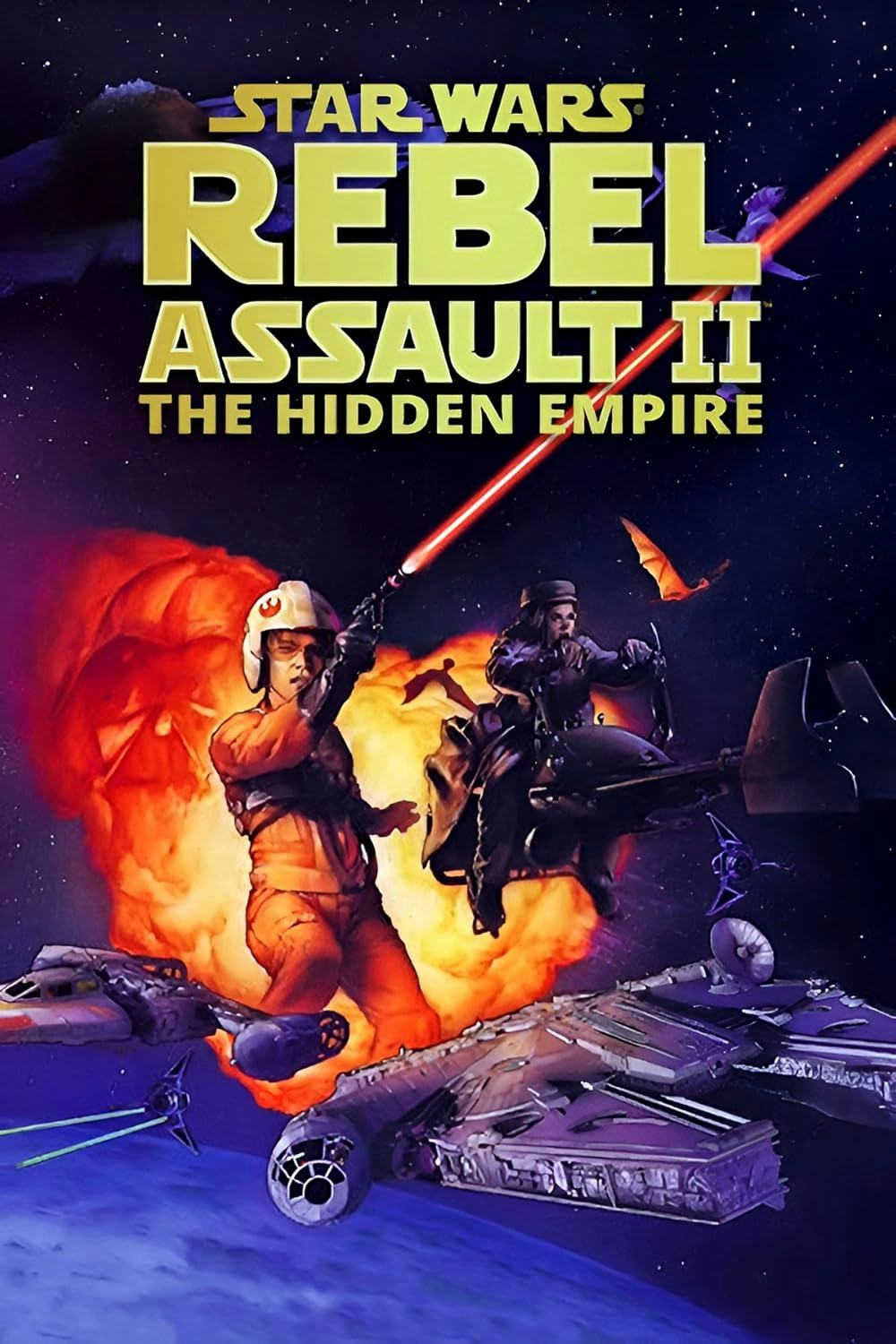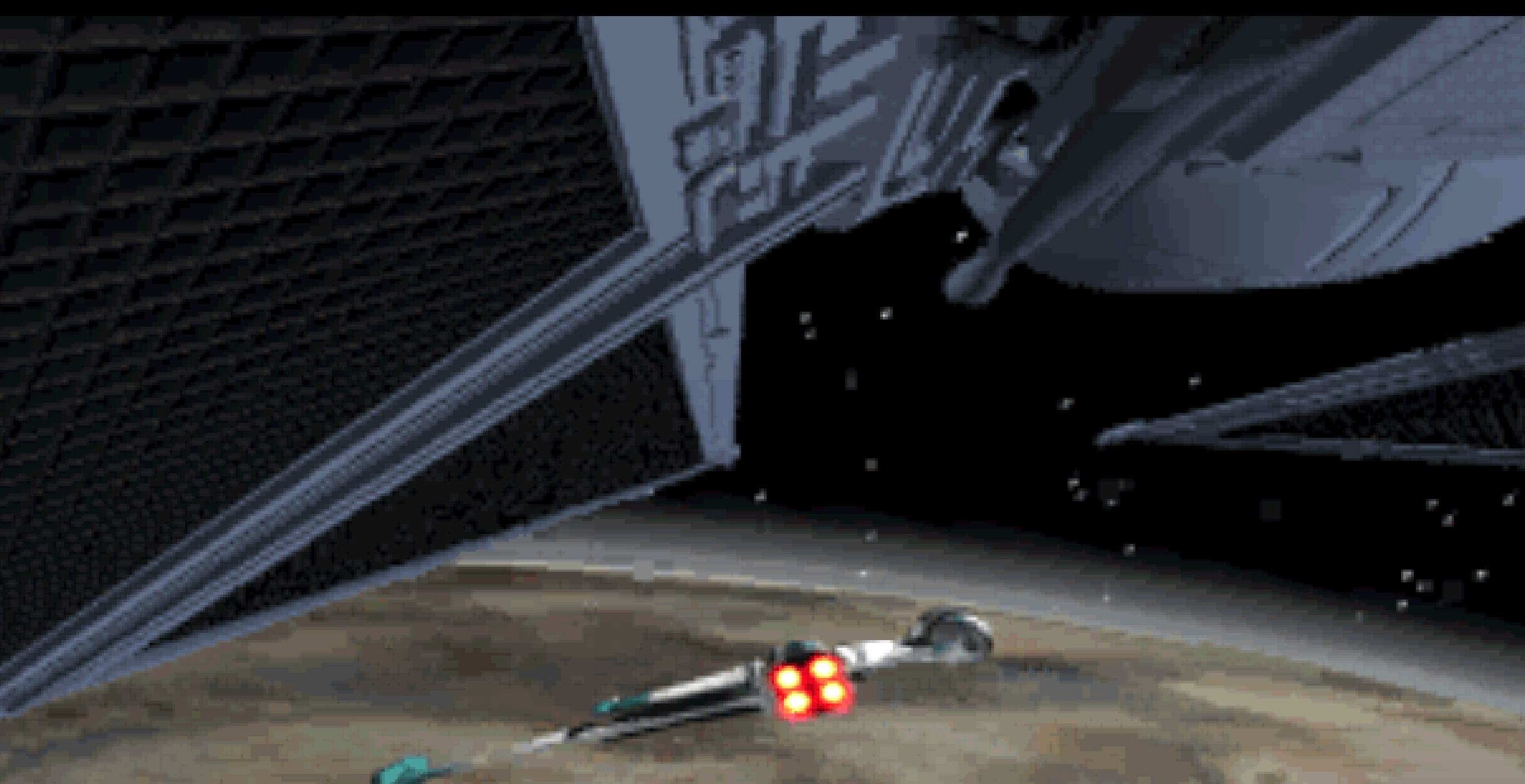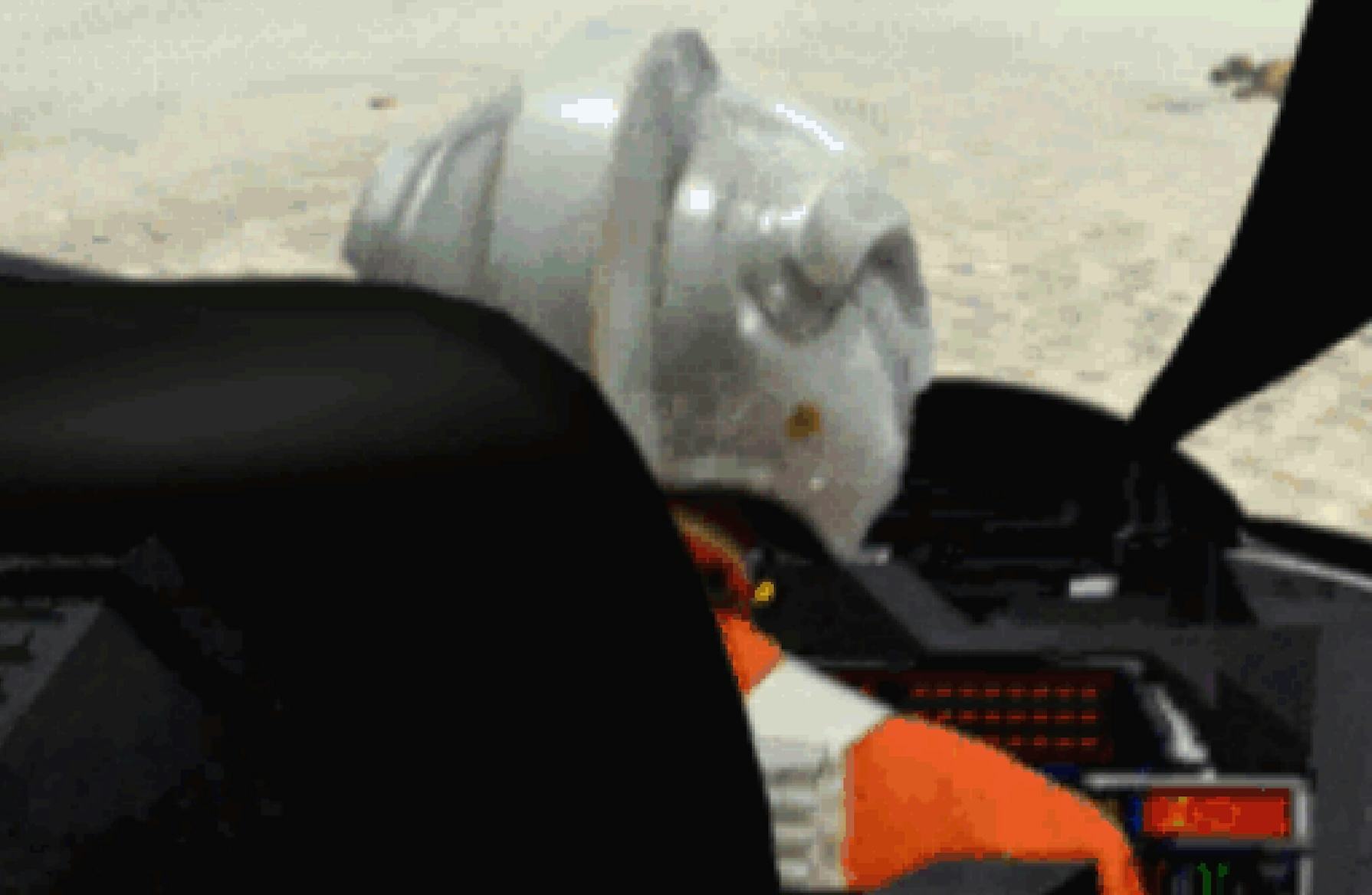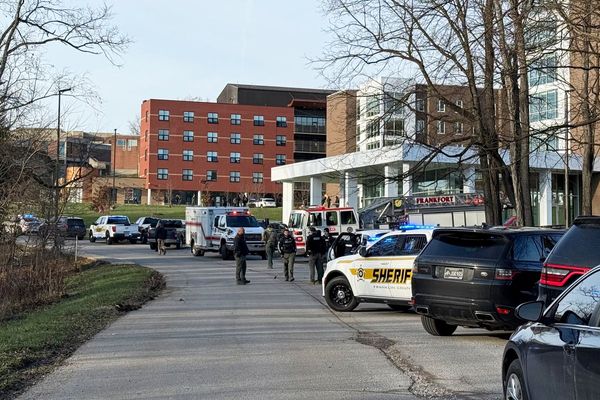
In 1995, Star Wars fans were getting live-action footage of Rebel pilots for the first time in over a decade. While 1999’s The Phantom Menace was only four years away, it may as well have been a vague rumor to young gamers of the mid-1990s. In addition to a growing number of novels and comic books, the vast majority of Star Wars fandom in the 1990s subsided on gaming. This includes analog gaming like the official Star Wars roleplaying game supported by West End Games, and by 1996, a popular collectible card game from Decipher Inc. modeled, in part, on the mechanics of Magic: The Gathering. That same year, with the release of the N64, Star Wars gaming would go into overdrive with titles like Shadows of the Empire followed by Rogue Squadron in 1998.
But before all of that, in the first half of the 1990s, the biggest Star Wars gaming moments happened with computer games, not console games. And in 1995, Star Wars dropped its attempt at a blockbuster, mainstream game which, was also, a sequel. The game was Rebel Assault II: The Hidden Empire, and the events of the latest Star Wars TV series, Skeleton Crew, have made it super relevant again and it’s worth exploring why. Mild spoilers ahead for Skeleton Crew.
In the finale of Star Wars: Skeleton Crew, we see a slew of New Republic starfighters arrive on the scene to repel the pirate attack on At Attin. The most obvious of these is the iconic X-wing fighter, but the return of B-wings to Star Wars represents the first time these fighters have appeared in a live-action Star Wars production since 1983’s Return of the Jedi.
Unless of course, you count Rebel Assault II: The Hidden Empire. Because that game was more than just a game. This was 1995, and the era of the elaborate video cutscenes, starring real actors, in real costumes, sometimes, on (partially) real sets. And it represented the first time we’d seen Star Wars starfighters in a setting that was nearly cinematic. It was also the first cinematic moment we saw B-wing starfighters firing their blasters, over a decade after their brief onscreen debut in Return of the Jedi. The 2025 Skeleton Crew finale closes this gap between live-action appearances of the B-wing in mainstream Star Wars canon, but in between that, the opening of Rebel Assault II, as well as the very first level, was the most convincing depiction of this particular Star Wars ship, pretty much ever up to that point.
Technically a sequel to the 1993 game Rebel Assault, what made Rebel Assault II so unique was that it was the opposite of complex Star Wars flight simulators from LucasArts. While you could fly X-wings and B-wings and even TIE Fighters in the X-wing and TIE Fighter games and their various sequels, those titles required an endless amount of patience, and more often than not, an advanced external joystick to properly enjoy. Plus, while the graphics were solid, there was no sense of an immersive Star Wars experience; you knew you were playing a video game.

In contrast, both Rebel Assaults are more akin to an arcade experience; you point and shoot your way through various levels, usually flying an iconic set of Rebel spacecraft. In the original game, this meant a lot of X-wings, A-wings, and even Luke’s T-16 Skyhopper, which, in the original 1977 had only been seen in the form of a toy model. But in Rebel Assault II, the craft got more exotic; you opened with the B-wing, switched to a desperate Rebel pilot on foot, and then stole a freighter called the Corellia Star, which looked just like the Millennium Falcon. Again, the gameplay was designed to make it look like you were in an actual Star Wars movie, and unlike the tinkling MIDI music of X-wing or Dark Forces, the score from Rebel Assault II used the actual John Williams recordings from the films.
On top of this, all the cutscenes were filmed with real actors, all wearing costumes that had been taken out of the Lucasfilm archives. As with the original game, the player is controlling a faux-Luke Skywalker-ish pilot named “Rookie One,” who in this game was played by actor Jamison Jones. This means that the “faceless” character from the original game became a more fleshed-out character in the second game, joined by another character from the first game, Ru Murleen, who is this time played in person by Julie Eccles. (Eccles also played the voice of Jan Ors in the original Dark Forces game, and had a small role in Indiana Jones and the Last Crusade as Indiana’s secretary.)
Today, the cutscenes with Rookie One and Ru Murleen might seem clunky to the point of almost looking like a fan film, but at the time, four whole years before the release of a new Star Wars movie, they were groundbreaking. For the first time since 1983, fans had new footage of Rebel pilots at work, new views of the various beloved starfighters, plus, a plotline that revealed that the Empire had cloaking technology. (The “hidden” part of the game’s subtitle, The Hidden Empire refers to a fleet of experimental Phantom TIE Fighters.) This too interestingly connects to Skeleton Crew since a huge plot point of that show is all about a massive piece of Old Republic tech that essentially, cloaks an entire planet.

Of course, as of 2025, the events of Rebel Assault II are entirely non-canonical, but, that’s okay because they were pretty much non-canon at the time. Because the first game presented an alternate chronology in which Rookie One blew up the Death Star (and not Luke) the games were already presenting an entirely different timeline, one in which nobody named Skywalker was needed to move the story forward. This was an interesting choice at the time, since again, Rebel Assault II represented a rare moment in which a Lucasfilm production was filming new footage with original costumes and props from what was, back then, the only Star Wars trilogy in existence.
The overall cinematic effect and immersive soundscape of Rebel Assault II set the stage for the slightly more robust N64 games that were soon to follow; Shadows of the Empire in 1996 and Rogue Squadron in 1998. The latter game was, in many ways, a total improvement on the basic gaming premise of Rebel Assault — create a game that gave players the thrill of flying Star Wars starfighters but without the stress of a full-on flight simulator. Today, the gameplay experience of Rebel Assault II will be closer to the feeling of novelty, whereas Rogue Squadron actually holds up as an incredible game. But, without Rebel Assault II, it's hard to imagine Star Wars games, or Star Wars in general, moving forward. It was a blockbuster game for a simpler time. But when it came out, thirty years ago, it was the most powerful Force in the galaxy.







